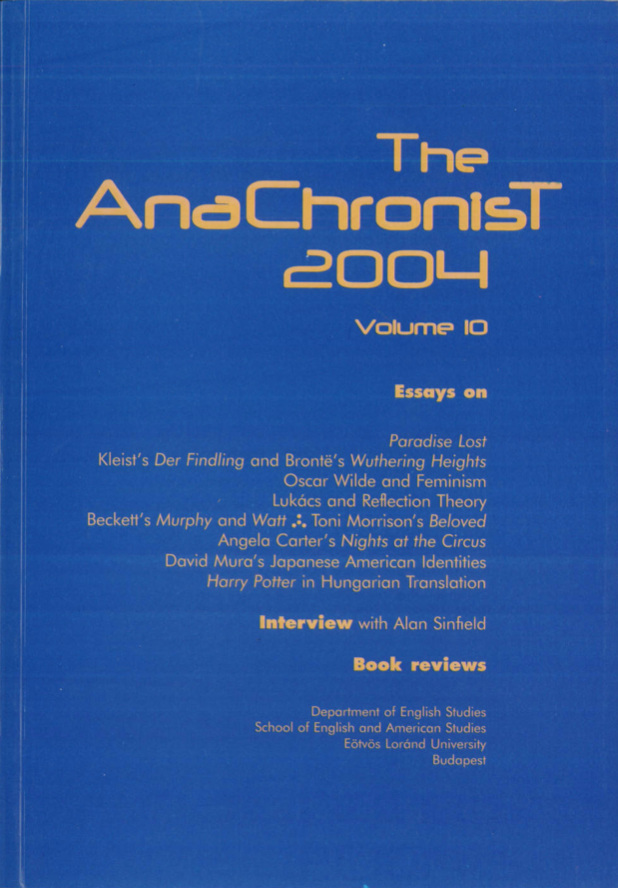Turning Japanese, Turning Japanese American
David Mura's Memoirs of a Sansei
DOI:
https://doi.org/10.53720/NLFQ3354Abstract
This article examines the identity of the Sansei (third-generation Japanese Americans) as connected to their place of heritage - Japan. Focusing on David Mura's Turning Japanese: Memoirs of a Sansei (1991), we shall explore how a Sansei writer gains further understanding and realization of his ethnic identity as a Japanese American in multi-ethnic America through the re-established connection between him and his place of cultural origin. Mura, born and raised in Midwest, recollects his experience in Japan supported by a US/Japan Creative Artist Exchange Fellowship in 1984. Mura's book ends with his realization that Japan allows him to see himself, America, and the world "from a perspective that was not white American." My argument considers his procedure of "turning Japanese" as simultaneously a process of turning Japanese American. Along the thesis of the Sansei's identity construction, the following questions will be addressed: (1) starting his trip as a self-identified American, how is Mura challenged and therefore forced to reconsider his identity during his one-year residence in Japan; (2) how does he pursue his connection with Japan that has been absent in his childhood; and (3) how does such reconnection profoundly influence his understanding of identity; namely to change his self-identification from an American to a Japanese American?

